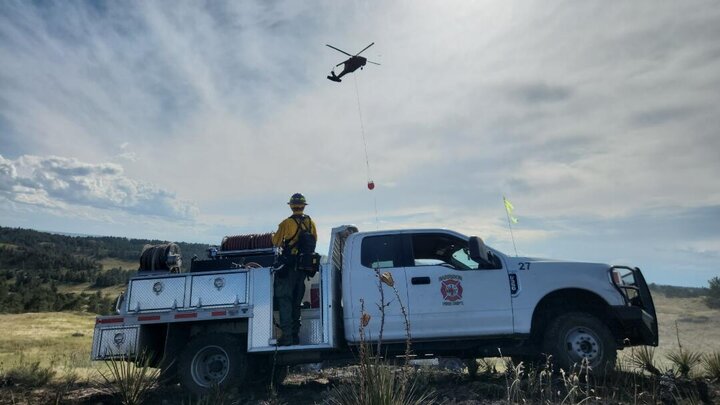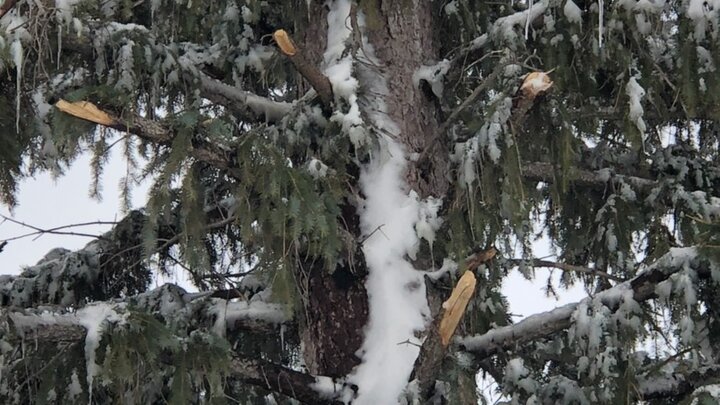In Wheeler County, Nebraska, a 10-acre timber claim once choked with eastern red cedar has been transformed into a thriving, fire-resilient woodland. The change is thanks to landowner Walt Koziol and the Nebraska Forest Service’s Fuels Reduction Program.
Walt, who helps manage over 1,000 acres of family ranchland, recalls the area’s earlier days. “Fifty years ago, you could see across it,” he said. “It was planted with cottonwood, ash, hackberry, and catalpa, and had a grassy understory.” Over time, though, cedar took over, blocking sunlight, suppressing native regeneration, and creating a major fire hazard. “You couldn’t walk through it, and no new trees could grow,” he said.
Concerned about wildfire risk and declining wildlife habitat, Walt reached out to State Agroforester Pam Bergstrom. “I’d worked with the NFS before,” he said, “but this time I asked how to make the land more welcoming to wildlife. Pam introduced me to the Fuels Reduction Program, and that changed everything.”
With support from the program, Walt removed the cedar trees, allowing sunlight and air to return. “The fire risk dropped, and now I’m seeing deciduous seedlings again,” he said. “That just wasn’t happening before.” The following year, he planted a mix of trees and shrubs—oak, sycamore, silver maple, buffaloberry, and others—to restore biodiversity and habitat.
The work paid off. “Last summer, a wildfire came within a quarter mile of the house,” Walt said. “Thanks to the fuels reduction and the firefighters, we were spared. That made the value of this work clear.”
To connect even more deeply with the property, Walt built a 1.5-mile walking path around the timber claim. “The trail gets me out there daily. I see seasonal changes, catch problems early, and feel a stronger connection to the land. It’s been a real gift.”
Pam Bergstrom praised Walt’s approach: “He’s the kind of landowner who becomes a friend. He listens, asks smart questions, and combines science with personal insight. His project is a model for what collaboration can achieve.”
Today, wildlife has returned—including bobcats not seen in decades. And for Walt, the reward is simple: “I wish I could take a picture of the joy I feel every time I go out there.”




